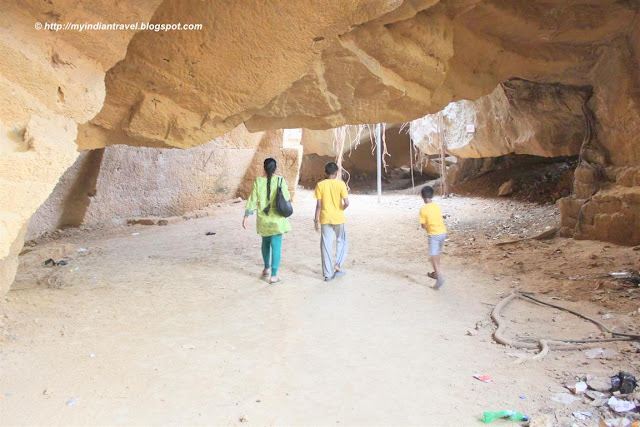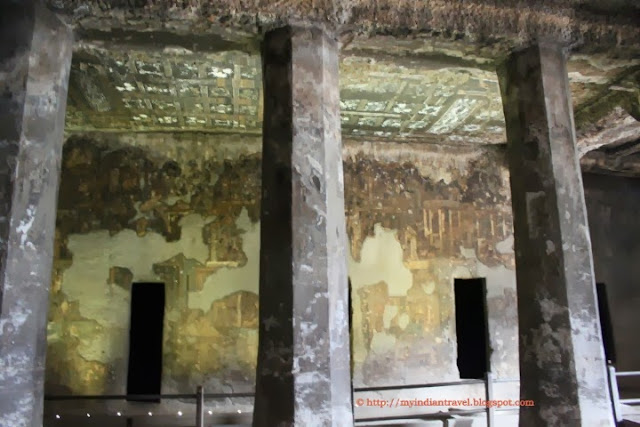At Jakkur Lake in north Bangalore you can come across many colourful birds. One of them is Scaly breasted Munia.
It is a sparrow-sized bird named so because of distinct scale-like feather markings on the breast and belly.
It is about 11 to 12 centimetres long. They are characterised by brown upper-parts and a dark brown head with stubby dark bill. The underparts are white with dark scale markings.
They can be seen in tropical plains and grasslands. They mainly feed on grass seeds apart from berries and small insects.
It is about 11 to 12 centimetres long. They are characterised by brown upper-parts and a dark brown head with stubby dark bill. The underparts are white with dark scale markings.
They can be seen in tropical plains and grasslands. They mainly feed on grass seeds apart from berries and small insects.











































